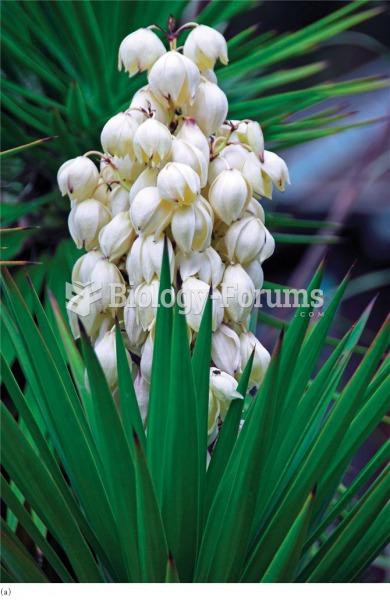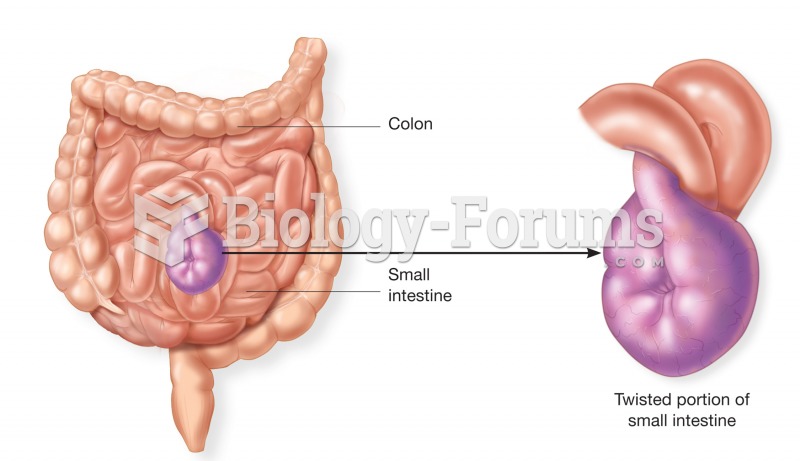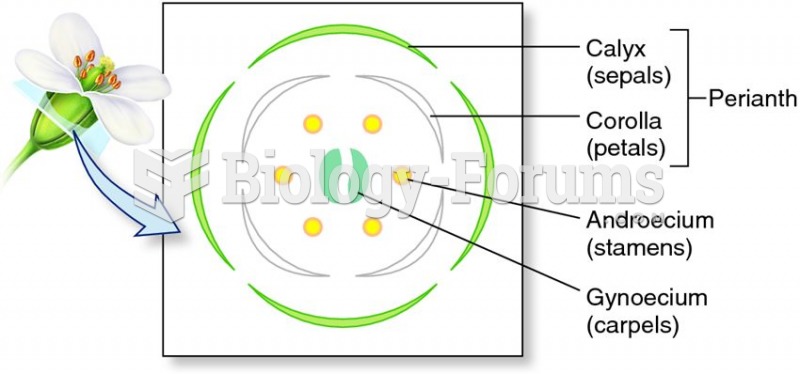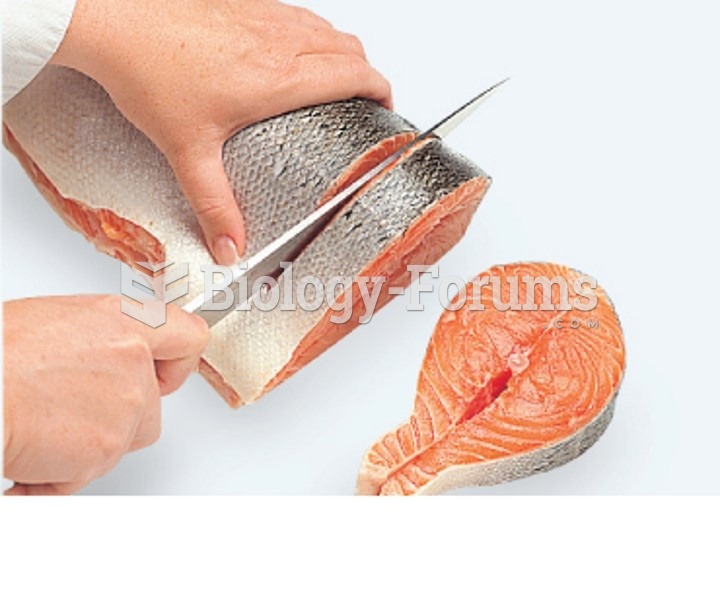|
|
|
Sperm cells are so tiny that 400 to 500 million (400,000,000–500,000,000) of them fit onto 1 tsp.
A cataract is a clouding of the eyes' natural lens. As we age, some clouding of the lens may occur. The first sign of a cataract is usually blurry vision. Although glasses and other visual aids may at first help a person with cataracts, surgery may become inevitable. Cataract surgery is very successful in restoring vision, and it is the most frequently performed surgery in the United States.
Cytomegalovirus affects nearly the same amount of newborns every year as Down syndrome.
Prostaglandins were first isolated from human semen in Sweden in the 1930s. They were so named because the researcher thought that they came from the prostate gland. In fact, prostaglandins exist and are synthesized in almost every cell of the body.
The average adult has about 21 square feet of skin.
 (a) Yucca baccata in full flower; (b) a Yucca moth, Tegeticula planella, ovipositing on a Yucca flow
(a) Yucca baccata in full flower; (b) a Yucca moth, Tegeticula planella, ovipositing on a Yucca flow
 Volvulus. A length of small intestine has twisted around itself, cutting off blood circulation to th
Volvulus. A length of small intestine has twisted around itself, cutting off blood circulation to th





